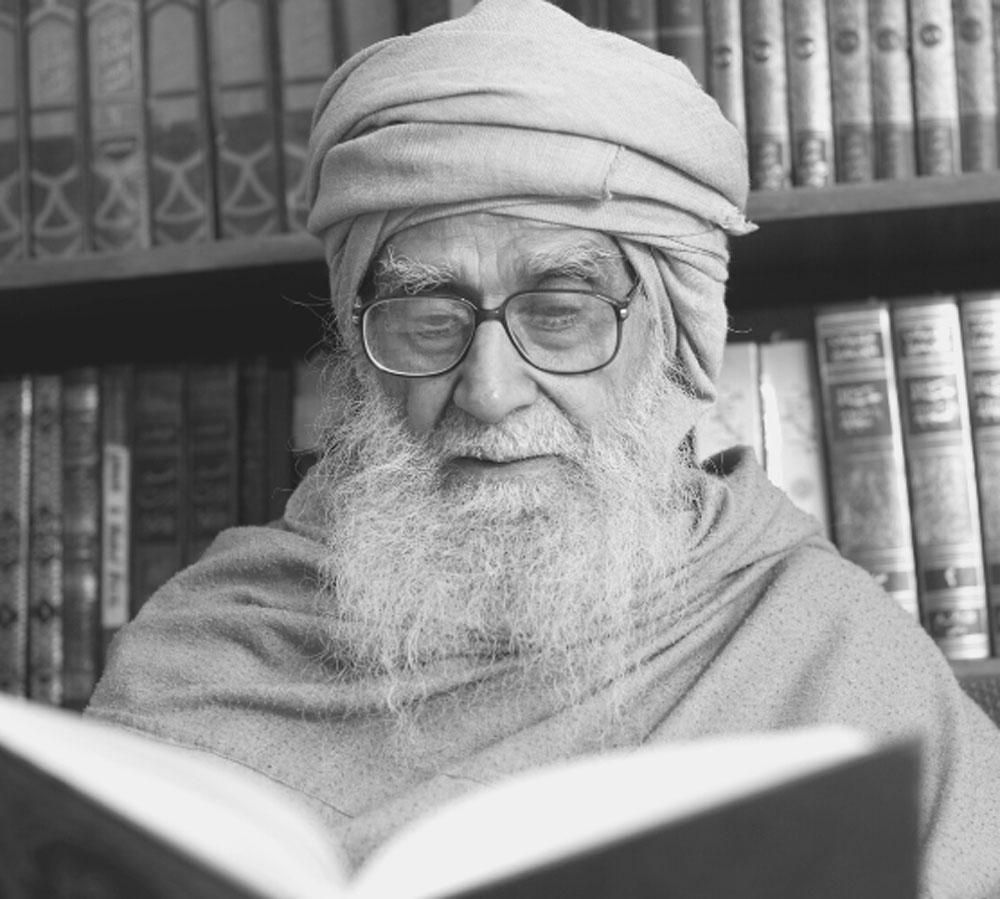Eid al-Fitr:
A Celebration of
Life’s Values
The meaning of Eid al-Fitr is the festival of breaking the fast, the festival of eating and drinking. It is called Eid al-Fitr because it comes immediately after the month of Ramadan. The month of Ramadan is a time of restriction on eating and drinking, and the day of Eid al-Fitr is the day of freedom from those restrictions.
One aspect of the connection between fasting and Eid is that the servant obeyed God’s command for one month during Ramadan. Now, as a reward for that obedience, God grants the servant an opportunity to eat and drink freely. If Ramadan is the month of action, then Eid al-Fitr is the day of reward for that action.
From another perspective, fasting and Eid reflect the natural law on which the current world system is based. In this world, ease follows hardship. Before every success, effort must be proven. One must first endure hunger, and only then does the table of food appear.
Fasting and Eid are symbols of these two realities. Fasting represents the first phase, and Eid represents the second. This system teaches that to attain happiness and success in life; one must first pass through the valleys of effort and hardship.
When Ramadan ends, the crescent moon signaling the start of a new month in the lunar calendar appears in the sky. Upon sighting it, the believers say: “O God, bring this moon upon us with peace and security. Make it a moon of safety and Islam for us.” (Musnad Al-Darmi, Hadith No. 1729)
This teaches that the month of Eid is a month of peace and security. On this day, believers must pledge to live among people as well-wishers. They should speak words of peace and act in ways that promote safety.
On Eid day, young and old alike leave their homes, saying:
“Allah-u-Akbar, Allah-u-Akbar.” They gather at one place and perform two units of congregational prayer. This is a declaration that only God deserves greatness, and that they themselves choose the path of humility. They reject arrogance—both in relation to God and in relation to people.
After returning from the Eid prayer, people meet one another. They give gifts and serve food, and drinks. This, too, is symbolic. It means that the believers should live their lives in this same manner throughout the year. They should leave behind isolation and live together in harmony. No one should be a burden on others. Every person should aim to be a giver, not a taker.
These acts on Eid are done without waiting for someone else to come first or offer something in return. On Eid, these actions are performed with a one-sided spirit, not a two-sided one.
This teaches that only those who are willing to follow the principles of humanity and ethics unilaterally can live with true moral character. In this world, one must maintain relationships even if others do not respond. One must love their neighbour even if the neighbour does not show love in return. One must make others their friends even if those others are unwilling to be friends. One must benefit others even if others do not benefit them.
Fasting and Eid come once a year, but they set the course for life for the entire year. Fasting and Eid symbolically teach the believers how to live on His earth. If fasting is a symbol of the beginning of life, then Eid is a symbol of the end.
After fasting, people become deserving of the reward of Eid. Similarly, people must fulfil their responsibilities in life to become worthy of their rights. They must observe limits to earn true rewards, be well-wishers toward others, so that others may be well-wishers toward them. They must live in society as givers so that they can also gain a respectable place in that society. People must behave well with their neighbours and fellow human beings, unilaterally. Because those who behave well in this way, even their enemies can become their friends.
There is another deep contrast between fasting and Eid. Fasting is like a month of not doing, while Eid is a day of doing. Fasting is a time of pausing; Eid is a time of moving. Fasting is a month of silence; Eid is a day of speaking. Fasting is a month of stillness; Eid is a day of action.
The inherent difference shows that life requires both opposing sides. Sometimes, action is needed; other times, it’s better to hold back. Similarly, there are times when speaking is necessary, and times when silence is better. Likewise, progress is sometimes essential, and other times, restraint is wise.
Fasting and Eid are both acts of worship, and at the same time, they serve as forms of training. In both fasting and Eid, there is an aspect of pleasing God. However, their practical structure also makes them a learning experience for broader life. Symbolically, they act as guides for the entire year.
All India Radio, New Delhi, 25 March 1993.





